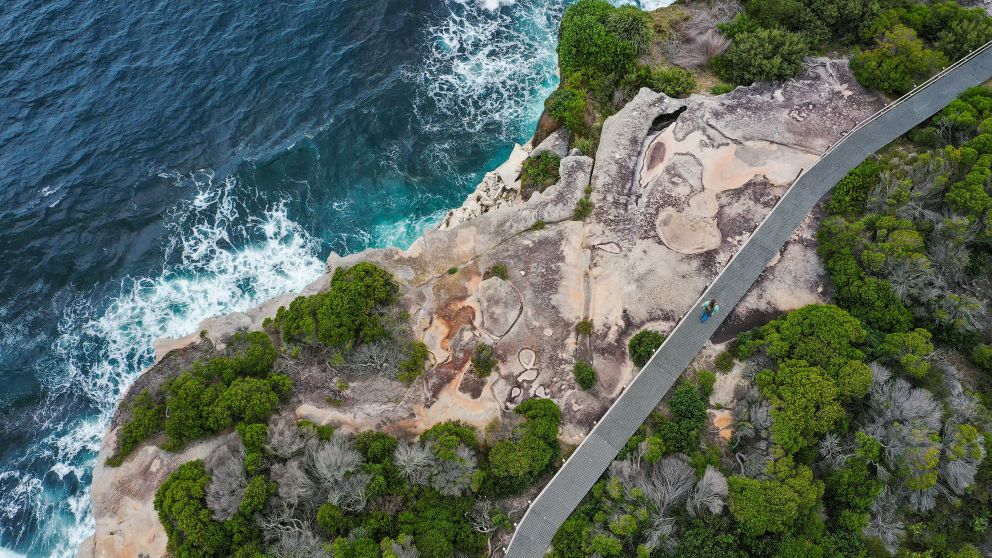
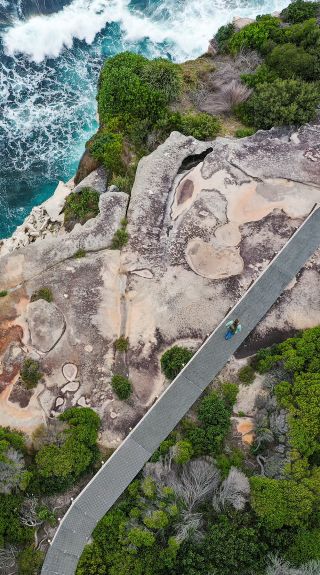
Escape the city: A guide to Sydney’s national parks
Malabar walking track, Malabar Headland National Park - Credit: John Spencer/DCCEEW
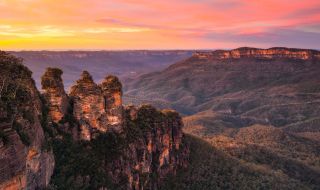

Destination NSW
Quick facts
Established in 1879, the Royal National Park is the second oldest national park in the world (behind only Yellowstone in the USA) and offers spectacular coastal scenery, hidden beaches, lush bushland, quiet swimming holes and tumbling waterfalls. The park is threaded with great walking tracks, like the epic 26km Coast Track, and ancient Indigenous carvings can be found at Jibbon Head. Swim at peaceful Wattamolla Beach or catch a wave at Garie Beach. There are a number of campgrounds within the park or spend the night in a heritage cottage.
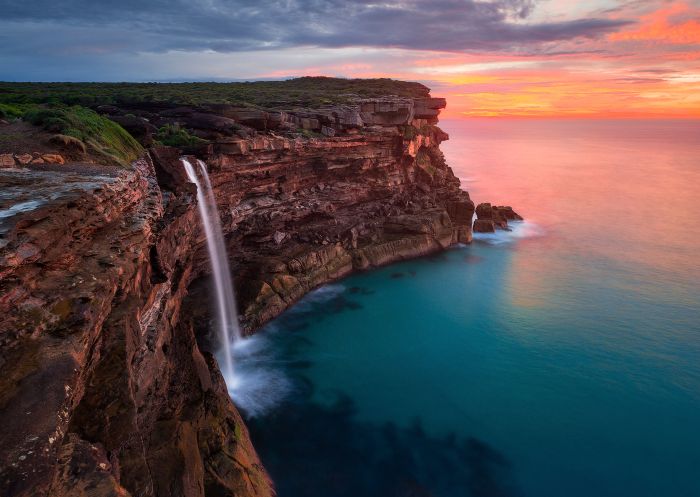
Curracurrong Falls, Royal National Park
Quick facts
This unique national park is made up of pockets of bushland spread around the foreshore of the spectacular Sydney Harbour. It also extends out into the water, covering five harbour islands. Walking trails have glorious harbour views and pass interesting historic sites, like the military fortifications at Middle Head, the former quarantine station at North Head and the striking Hornby Lighthouse at South Head. Swim or snorkel at the sheltered beaches and look out for whales in winter. Take a guided tour to Clark Island to learn about its ancient Aboriginal heritage or catch a seaplane to Shark Island for a private picnic.
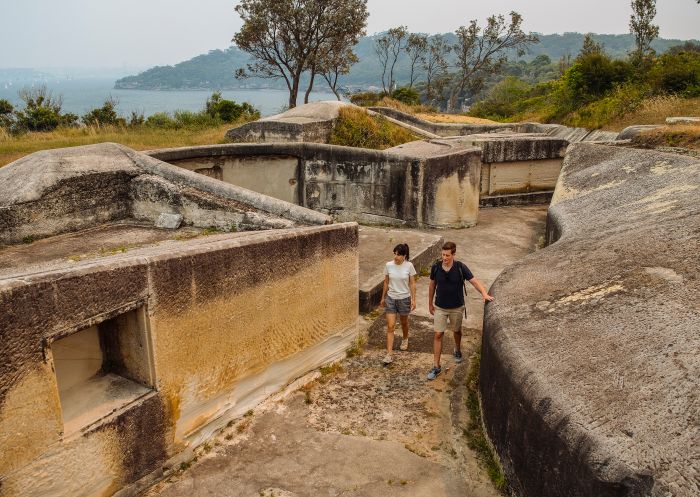
Middle Head, Mosman
Quick facts
Marking the northern border of Sydney, Ku-ring-gai Chase National Park winds around more than 100km of coastline along Broken Bay. It’s a popular spot for bushwalking, mountain biking, boating, fishing and swimming at calm beaches. The park is known for its rich Aboriginal history and more than 800 sites have been identified. Follow the Aboriginal Heritage Walk to see ancient art at Red Hands Cave or visit Basin Aboriginal Art Site to admire the rock engravings.
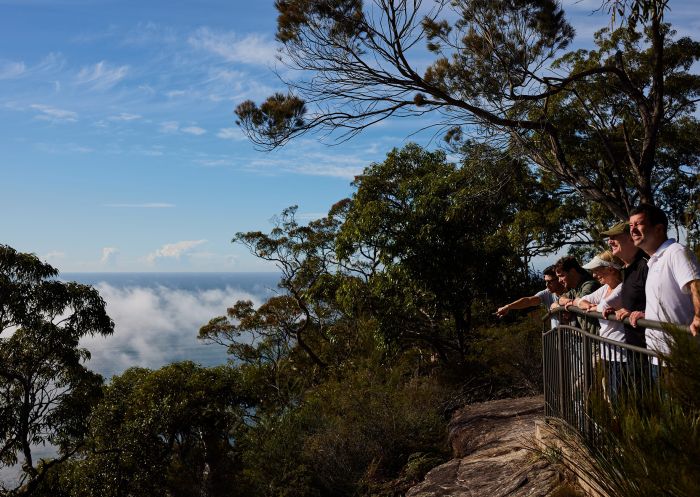
Ku-ring-gai Chase National Park, Northern Sydney
Quick facts
This small pocket of bushland sits across either side of the Lane Cove River. It’s the ideal place to retreat from the city, with walking trails, picnic areas, playgrounds, grassy lawns and bike trails. You can hire a kayak, rowboat or pedal boat from Lane Cove Boatshed to explore the gentle river or follow the self-guided Heritage Walk to see the many historic sites. The Discovery Parks Lane Cove holiday park is inside the park, so you can camp amongst the wildlife or enjoy a luxurious stay in the stylish Safari Tent.
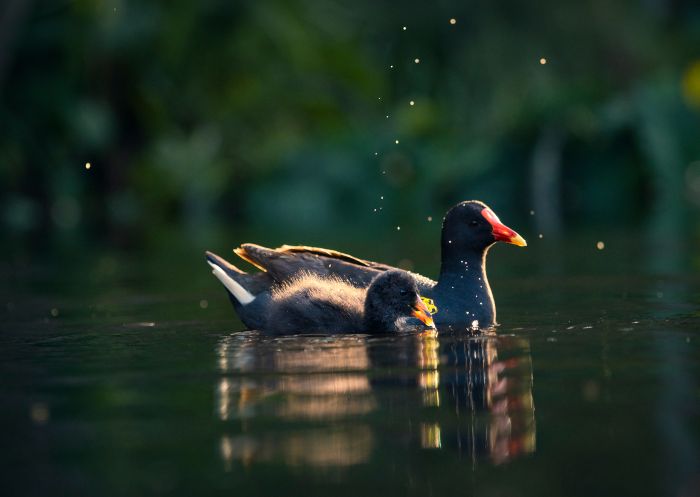
Lane Cove National Park, Lane Cove
Quick facts
Spread across two sides of Botany Bay at La Perouse and Kurnell, Kamay Botany Bay National Park brings together history, culture and natural beauty. On the northern side, the clear waters and gorgeous beaches are popular for snorkelling and scuba diving. In the south, visit the place where Indigenous tribes first encountered Captain James Cook and the Endeavour in 1770. Cape Solander is one of the best whale-watching vantage points in Sydney. An accessible viewing platform sits high on the cliffs and during the season (May to October) whales can come within 200m of the shore.
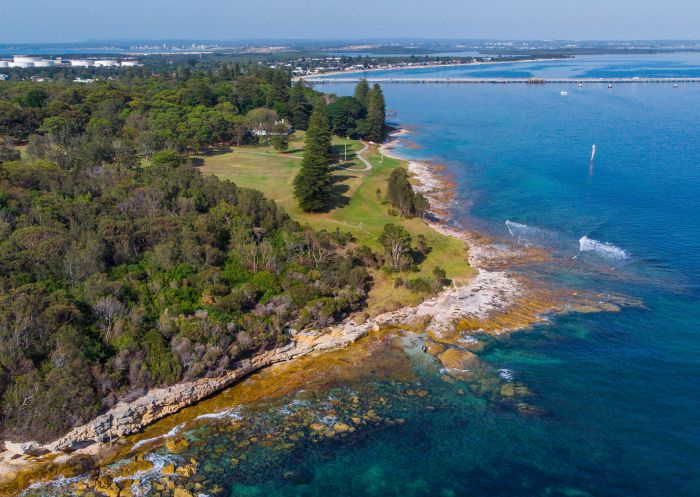
Kamay Botany Bay National Park, Kurnell
Quick facts
One of the newest national parks in the state, this beautiful area in Sydney’s east was made a national park in 2012. It was expanded in 2016 and now comprises an eastern and western section (with the ANZAC Rifle Range in between). The park has some of the most spectacular coastal views in the city – follow the easy Western Escarpment Walking Track to admire them. In spring the scrub is bursting with wildflowers and whales frolic offshore in winter. When you need to cool off, the park has access to both Maroubra and Malabar beaches.
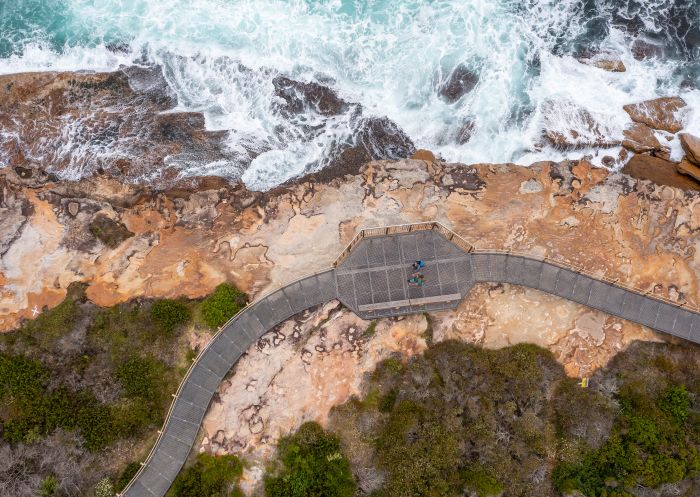
Malabar walking track, Malabar Headland National Park - Credit: John Spencer/DCCEEW
Quick facts
Set along two sides of waterfront in the southwest of Sydney, this compact national park is the perfect family day out. The lazy waters of the Georges River offer kayaking, boating, fishing and swimming at a number of sandy beaches. Enjoy a barbecue at Burrawang Reach or Fitzpatrick Park, looking out over the water. The birdlife is spectacular – more than 100 species have been recorded along the Yeramba Lagoon Track, including kookaburras, rainbow lorikeets, black swans and royal spoonbills.
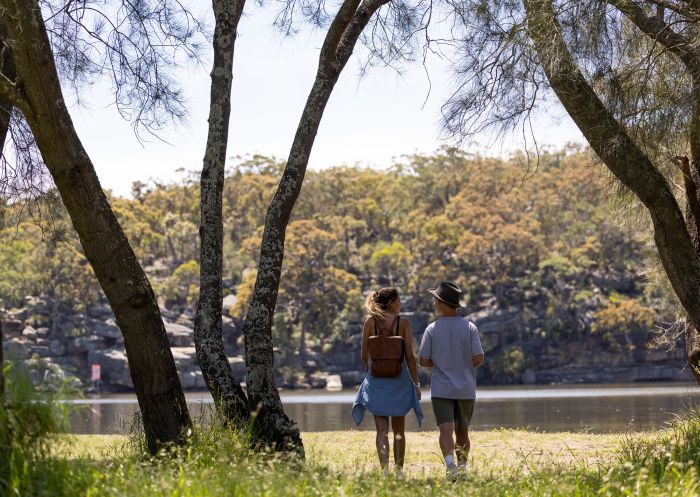
Georges River Nature Reserve, Campbelltown
Quick facts
This sprawling national park on the southern edge of Sydney is the traditional land of the Dharawal people and is of great significance to them. Many Aboriginal sites are protected within the park and you can join a Guided Indigenous Walking Tour to learn more about them. Follow the many walking trails, bring your mountain bike to cycle along the 10B Trail, admire the pretty Maddens Falls and have a dip in the cool waters of Stokes Creek. For panoramic views of the region, visit the O’Hares Creek Lookout.
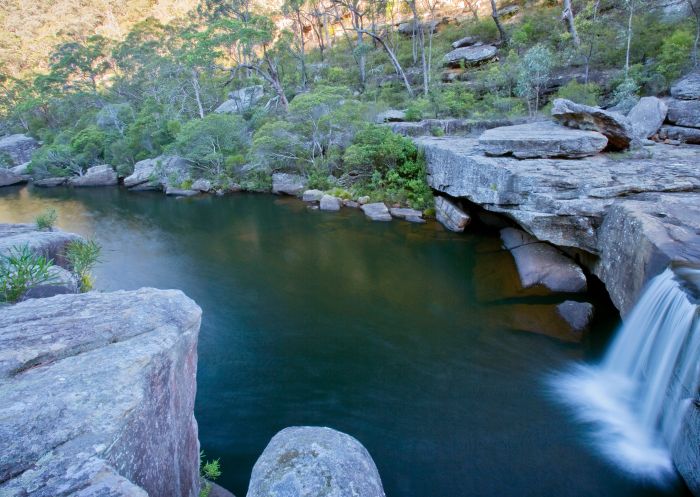
Jingga walking track in Dharawal National Park, Helensburgh - Credit: Nick Cubbin/DCCEEW
Stay connected to Sydney for all the latest news, stories, upcoming events and travel inspiration.
All the insider news, tips and inspiration you need to plan your next trip, delivered straight to your inbox.
Sign UpSydney.com is the official tourism site for Destination NSW.
© Copyright 2024 Destination NSW. All rights reserved